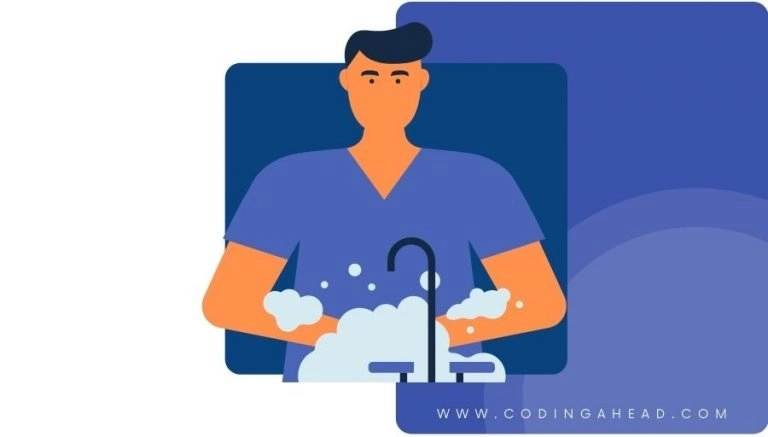How To Use CPT Code 95249
CPT 95249 describes the ambulatory continuous glucose monitoring of interstitial tissue fluid via a subcutaneous sensor for a minimum of 72 hours. This article will cover the description, procedure, qualifying circumstances, appropriate usage, documentation requirements, billing guidelines, historical information, similar codes and billing examples.
1. What is CPT Code 95249?
CPT 95249 can be used to report the ambulatory continuous glucose monitoring of interstitial tissue fluid using a subcutaneous sensor for a minimum of 72 hours. This code is used when the provider performs sensor placement, hook-up, calibration of the monitor, patient training, and provides a printout of the recording. It is important to note that this code should not be reported more than once for the duration that the patient owns the data receiver.
2. Official Description
The official description of CPT code 95249 is: ‘Ambulatory continuous glucose monitoring of interstitial tissue fluid via a subcutaneous sensor for a minimum of 72 hours; patient-provided equipment, sensor placement, hook-up, calibration of monitor, patient training, and printout of recording.’
3. Procedure
- The provider places subcutaneous sensors in the patient’s interstitial tissue fluid, usually in the abdomen, to measure glucose levels.
- The provider instructs the patient on device calibration and use.
- The patient wears the sensor for a minimum of 72 hours.
- The patient returns to the office for sensor removal.
- The provider downloads the data and obtains a printout for review.
4. Qualifying circumstances
CPT 95249 is used for patients who require ambulatory continuous glucose monitoring to monitor and record their blood glucose levels. The provider performs sensor placement, hook-up, calibration of the monitor, patient training, and provides a printout of the recording. It is important to note that this code should not be reported in conjunction with CPT code 99091 or CPT code 0446T.
5. When to use CPT code 95249
CPT code 95249 should be used when the patient provides the equipment and the provider performs sensor placement, hook-up, calibration of the monitor, patient training, and provides a printout of the recording. This code should not be reported more than once for the duration that the patient owns the data receiver.
6. Documentation requirements
To support a claim for CPT 95249, the provider must document the following information:
- Patient’s need for ambulatory continuous glucose monitoring
- Specific details of the procedure performed, including sensor placement, hook-up, calibration of the monitor, patient training, and printout of the recording
- Date and duration of the monitoring period
- Results of the monitoring and any relevant findings
- Signature of the provider performing the service
7. Billing guidelines
When billing for CPT 95249, ensure that the provider performs sensor placement, hook-up, calibration of the monitor, patient training, and provides a printout of the recording. This code should not be reported in conjunction with CPT code 99091 or CPT code 0446T. It is important to note that there is no specific code for sensor placement, hook-up, calibration of the monitor, patient training, and printout of the recording when the patient owns the equipment. In such cases, an appropriate unlisted code (CPT code 95999) should be used.
8. Historical information
CPT 95249 was added to the Current Procedural Terminology system on January 1, 2018. There have been no updates to the code since its addition.
9. Examples
- A patient provides their own equipment for ambulatory continuous glucose monitoring. The provider places the subcutaneous sensors, instructs the patient on device calibration and use, and the patient wears the sensor for a minimum of 72 hours. The patient returns to the office for sensor removal, and the provider downloads the data and provides a printout of the recording for review.
- A provider performs sensor placement, hook-up, calibration of the monitor, patient training, and provides a printout of the recording for a patient who requires ambulatory continuous glucose monitoring. The patient does not own the equipment.
- A patient provides their own equipment for ambulatory continuous glucose monitoring. The provider places the subcutaneous sensors, instructs the patient on device calibration and use, and the patient wears the sensor for a minimum of 72 hours. The patient returns to the office for sensor removal, and the provider downloads the data and provides a printout of the recording for review.
- A provider performs sensor placement, hook-up, calibration of the monitor, patient training, and provides a printout of the recording for a patient who requires ambulatory continuous glucose monitoring. The patient does not own the equipment.
- A patient provides their own equipment for ambulatory continuous glucose monitoring. The provider places the subcutaneous sensors, instructs the patient on device calibration and use, and the patient wears the sensor for a minimum of 72 hours. The patient returns to the office for sensor removal, and the provider downloads the data and provides a printout of the recording for review.
- A provider performs sensor placement, hook-up, calibration of the monitor, patient training, and provides a printout of the recording for a patient who requires ambulatory continuous glucose monitoring. The patient does not own the equipment.
- A patient provides their own equipment for ambulatory continuous glucose monitoring. The provider places the subcutaneous sensors, instructs the patient on device calibration and use, and the patient wears the sensor for a minimum of 72 hours. The patient returns to the office for sensor removal, and the provider downloads the data and provides a printout of the recording for review.



